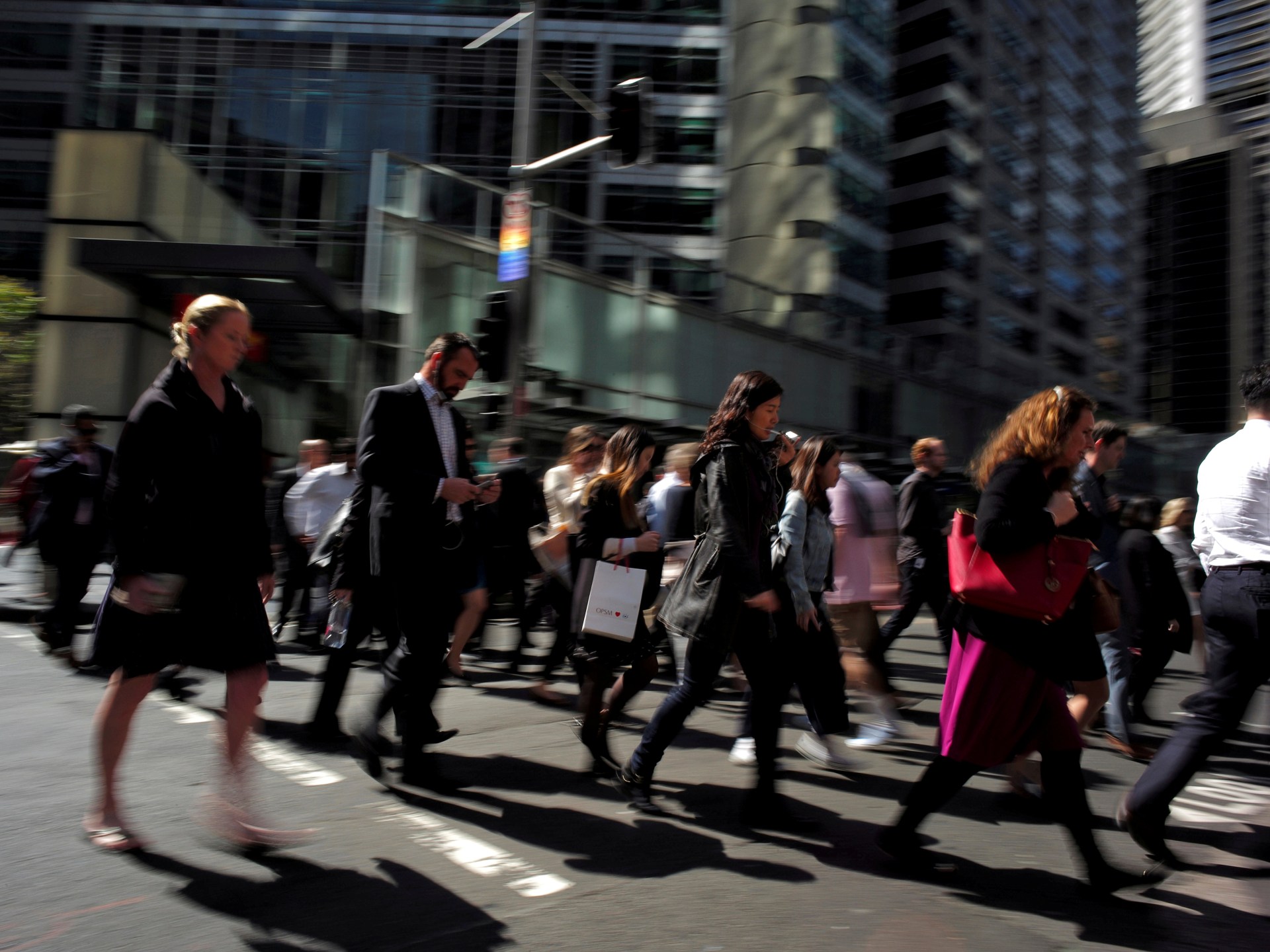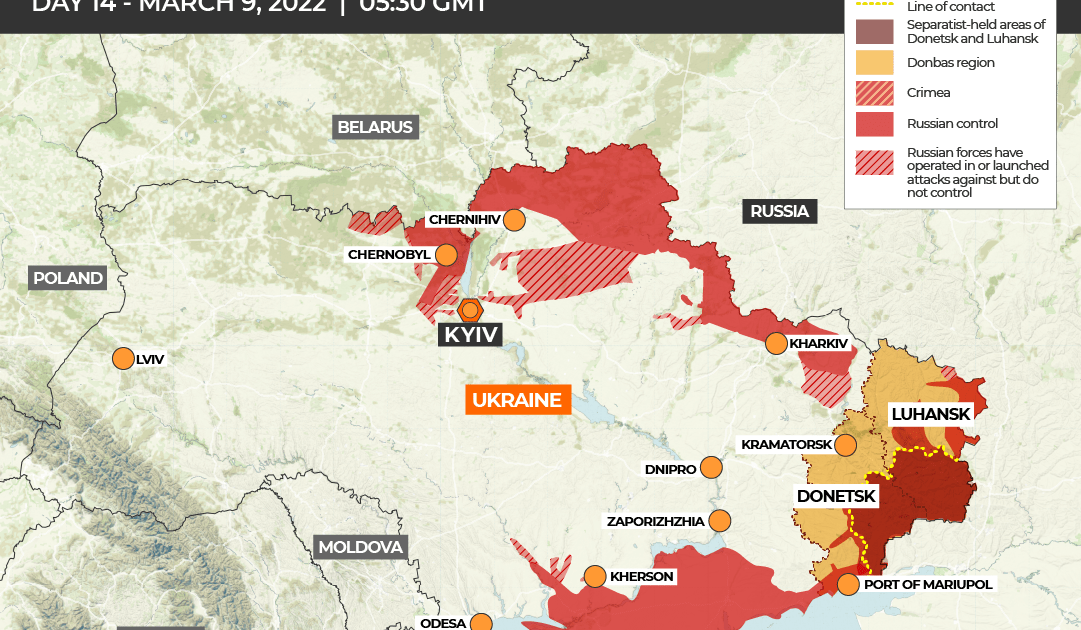Australia set for budget rebound, signals fiscal restraint | Business and Economy
Treasurer Jim Chalmers expected to announce cautious budget as central bank fights high inflation.
Australia’s Labor government is set to reveal a vast improvement in the budget’s bottom line next week as its coffers bulge with tax windfalls, yet the outlook will be a sober one as fiscal challenges still loom large.
Treasurer Jim Chalmers has spent weeks using “restraint” and “responsible” to describe his second budget since taking office in May last year.
There will be some money to offset cost of living pressures, particularly on energy prices, and perhaps a long-delayed rise in unemployment benefits. Chalmers has flagged more support for renewable projects and a ramp-up in defence spending with an eye on China’s expanding influence in the region.
Yet he is well aware that too much fiscal largesse could stoke inflation just when the Reserve Bank of Australia has aggressively lifted interest rates to fight it.
Instead, the aim is to bank any budget savings, and there is plenty to go around. High prices for Australia’s commodity exports have delivered a windfall from mining profits while job gains have boosted income tax revenues and lowered welfare payments.
As recently as October, Chalmers had forecast a deficit of almost 37 billion Australian dollars ($24.5bn) for the year to the end of June 2023. Now, analysts expect it to be closer to 5 billion Australian dollars ($3.3bn).
Indeed, the current 12-month total is actually in surplus for a budget that has not been in the black since 2008.
The previous Liberal National government had “Back in Black” mugs made in 2019 when it came within a whisker of a surplus, only for emergency pandemic spending to blow a record-breaking hole in the accounts.
Any surplus would be fleeting, however, given resource prices are well off their peaks and the domestic economy is slowing in the face of decade-high interest rates. The latter have also sharply raised the cost of funding the government’s near A$1 trillion ($662bn) in debt.
Labor has also promised to honour a commitment by the previous government to slash income taxes starting next year, cuts that are projected to cost a budget-busting 254 billion Australian dollars ($168bn) over the first 10 years.
The cuts are not especially popular with the public, given the vast majority go to higher paid Australians, but Labor is loath to break an election promise and seems boxed-in.
More money is needed for healthcare, particularly to fund a national disability scheme, and there are election pledges on childcare and infrastructure.
Defence is set for the biggest increase since World War Two over plans to spend 368 billion Australian dollars ($244bn) until the 2050s on nuclear-powered submarines from the United Kingdom and United States.
“Spending on interest payments, pensions, medical benefits, defence, aged care and hospitals are all expected to rise consistently above the rate of inflation,” said Stephen Halmarick, chief economist at Commonwealth Bank of Australia.
“To place the budget on a more sustainable footing over the medium term will require an increase in revenue flow and/or more spending discipline,” he said.
In short, Australia, like most developed economies with ageing populations, is finding deficits are the new normal.




